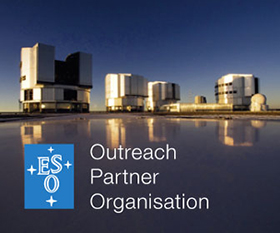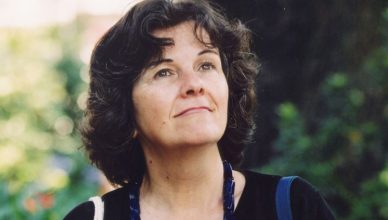
Teresa Lago awarded for her promotion of scientific culture
The 2018 Ciência Viva Montepio Grand Prize distinguishes Teresa Lago, member of Instituto de Astrofísica e Ciências do Espaço (IA), for her role in the promotion of scientific culture, especially in the field of Astronomy.
Read more
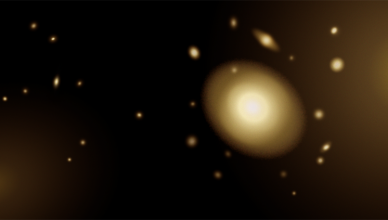
The quest for galactic relics from the primordial Universe
The timid life of nearby massive ultracompact galaxies may open windows onto the past, a new study reports, led by Fernando Buitrago of the Instituto de Astrofísica e Ciências do Espaço (IA).
Read more
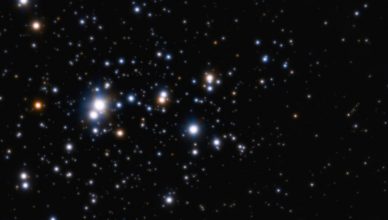
A solar sibling identical to the Sun
By studying the stars which formed together with the Sun, Instituto de Astrofísica e Ciências do Espaço (IA) researchers hope to understand where in the Galaxy and under which conditions the Sun was formed.
Read more
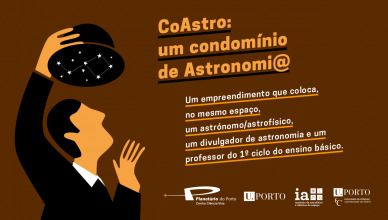
CoAstro: an Astronomy “condo”
CoAstro is a project that gathers, side-by-side, a researcher, a science communicator and a primary school teacher. Its goal? Place astronomy in the
Read more
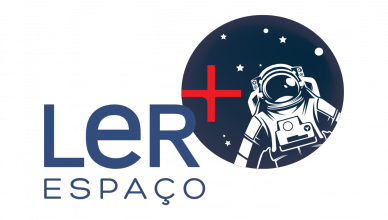
Travelling in Space while “riding” on books
Motivating children and youngsters for Astronomy and Space Sciences through inspiring reads is the goal of “Ler+ Espaço” (Read + Space), a national
Read more
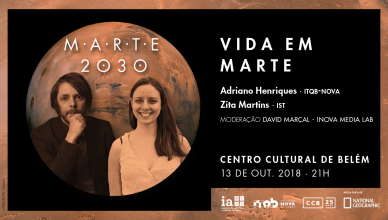
Extraterrestrial life on the red planet opens cycle in Centro Cultural de Belém
The possibility of life on Mars is the theme of the first talk between researchers from different fields, as part of a cycle
Read more
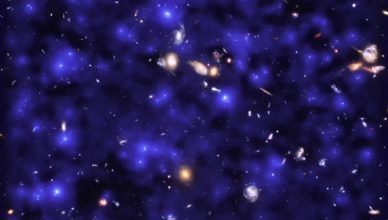
A Universe Aglow
Observations made with the MUSE spectrograph, with the collaboration of Instituto de Astrofísica e Ciências do Espaço (IA), allowed for direct detection of the invisible glow of Lyman-alpha emission, from dim clouds of hydrogen in the early Universe.
Read more

IA at the Light Festival
Between September 21st and 23rd, the town of Cascais becomes illuminated with another edition of Lumina – Light Festival. Artistic creations exploring light
Read more

